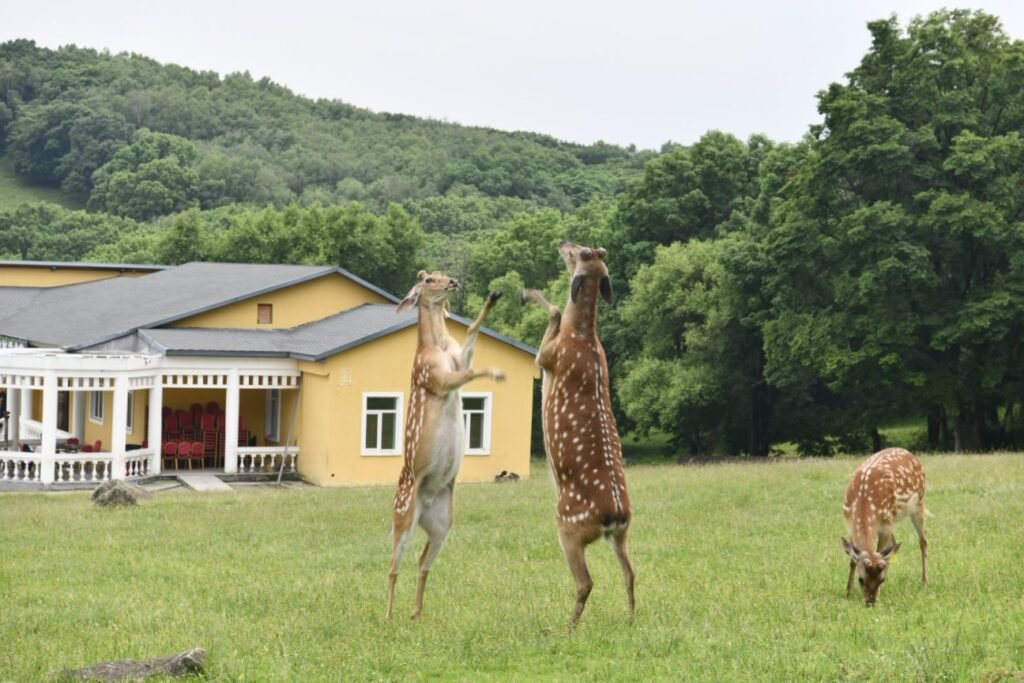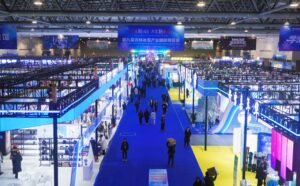Located about 70 kilometers from the center of Harbin, in Pingshan Town of Acheng District, the Pingshan Tourist Area is affiliated with the Longjiang Forest Industry Group and stands out as one of the most significant nature and cultural destinations in the region. Known as the “back garden” of Harbin, this site attracts attention with its year-round tourism opportunities, historical identity, and natural diversity. As a national AAAA-level tourist attraction, Pingshan is also described as a “brilliant pearl on the golden tourism belt of Heilongjiang Province.”
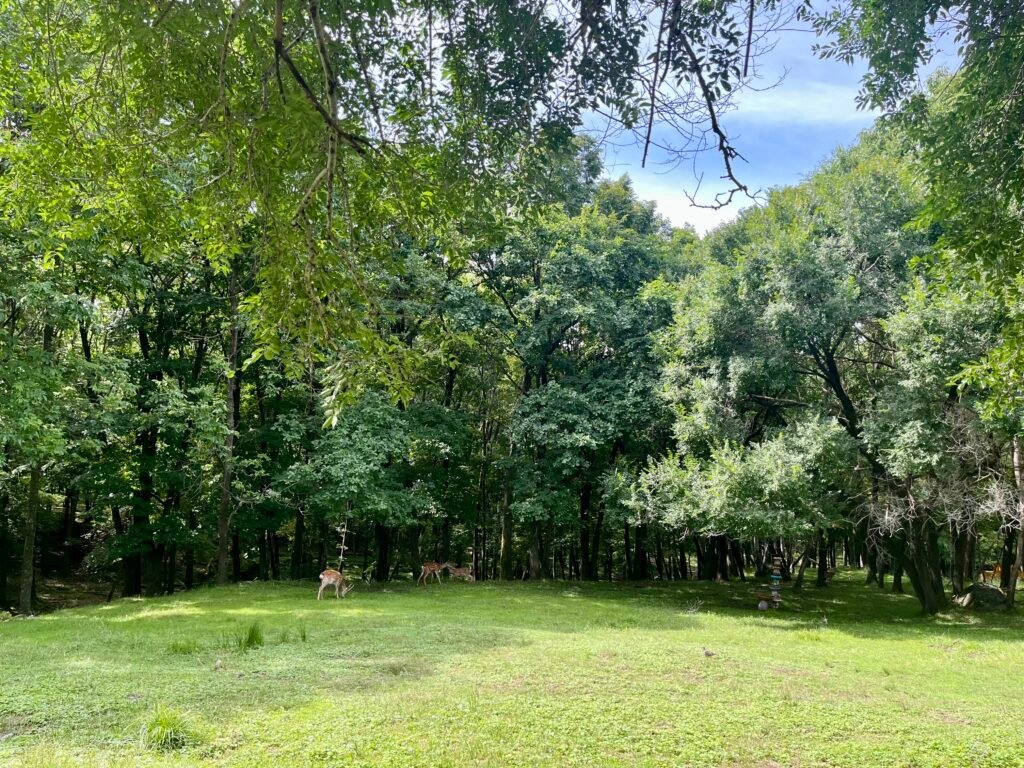
Historical Background
Although today it functions as a tourist site, the history of the Pingshan Royal Deer Farm goes back more than 800 years, to the Jin Dynasty (1115–1234). At that time, the area served as an imperial hunting ground. Sources indicate that Wanyan Aguda, the founder of the Jin Dynasty, and the famous general Wuzhu also hunted here. The phrase “tracing 800 years of Jin culture back to the Royal Deer Park” encapsulates the site’s historical character. During the Qing Dynasty (1644–1912), imperial members continued to use the site for hunting. Therefore, Pingshan is regarded not only as a natural area but also as a cultural heritage site with strong historical continuity.
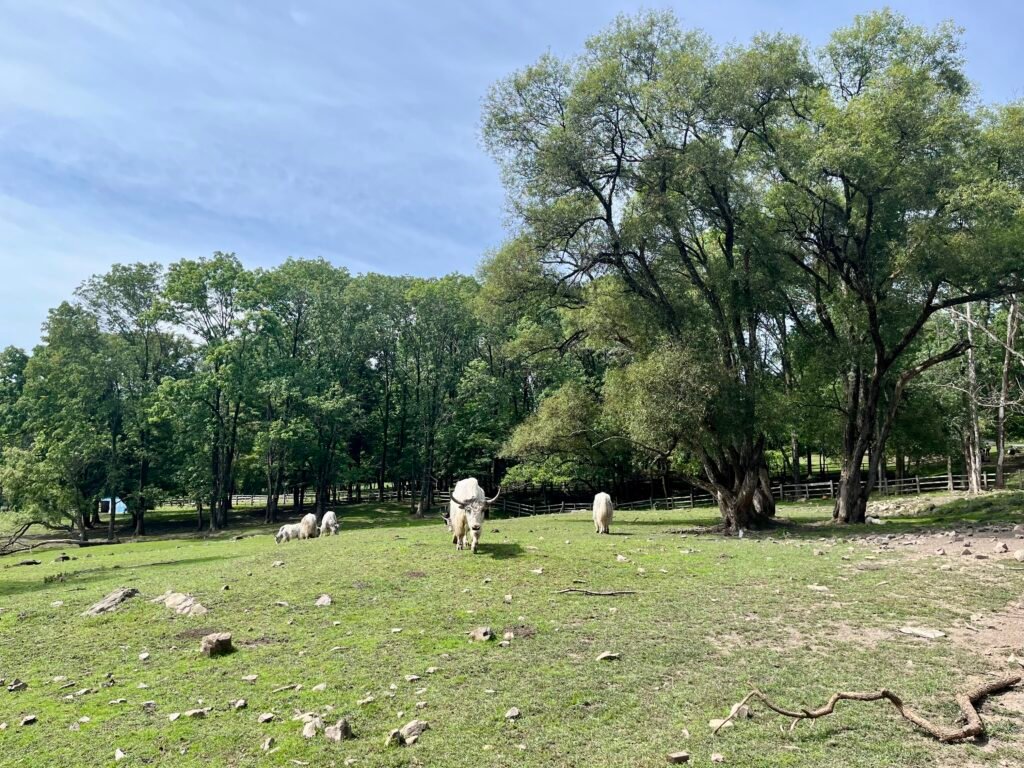
Natural Features and Wildlife
The Royal Deer Park, which forms the core of the area, is recognized as the oldest and largest semi-free-range deer farm in China. Spanning 462 hectares, the park is home to more than 800 herbivorous animals. Among them, spotted deer and sika deer are the most notable, but yaks, camels, llamas, horses, sheep, and cattle also inhabit the area. The animals roam freely, and visitors can directly interact with them by feeding them at designated stations.
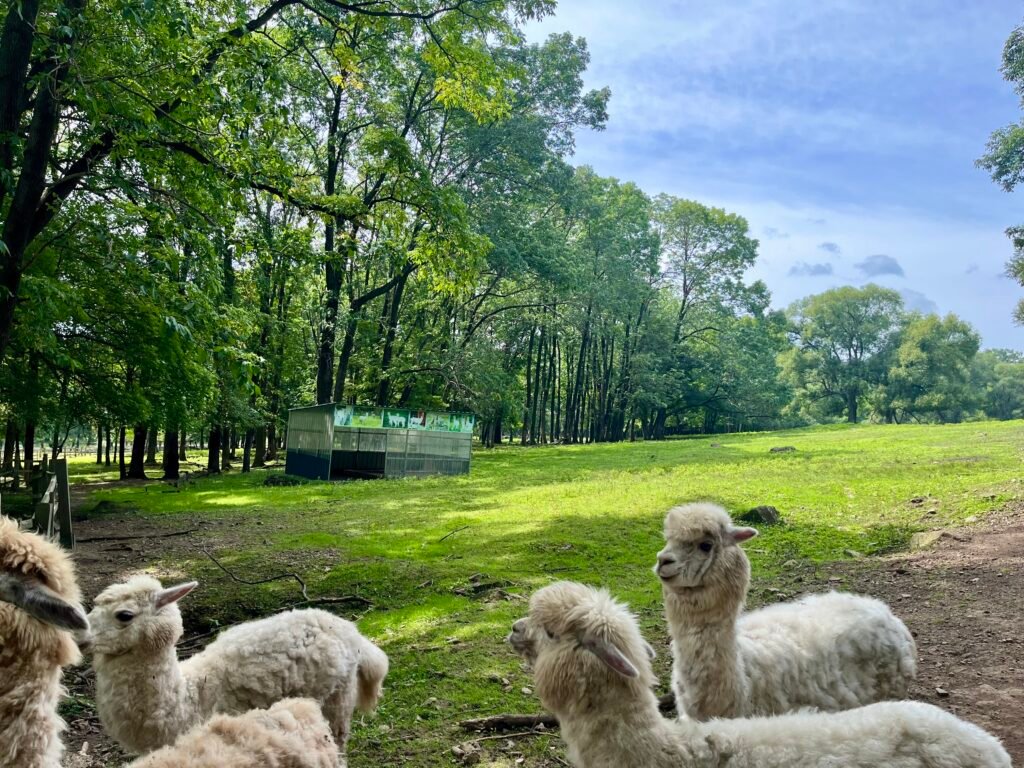
The natural landscape is diverse, combining forest ecosystems, wetlands, and lakes. Key attractions include Moon Lake, Mandarin Duck Lake, Red Leaf Garden, Camel Peak, Deer Ridge, and the so-called “Forest Oxygen Bar.” Visitors can also rest at organized spots such as the Sunbathing Beach. In autumn, the Red Leaf Garden and surrounding areas stand out when the trees change color, creating striking seasonal scenery.
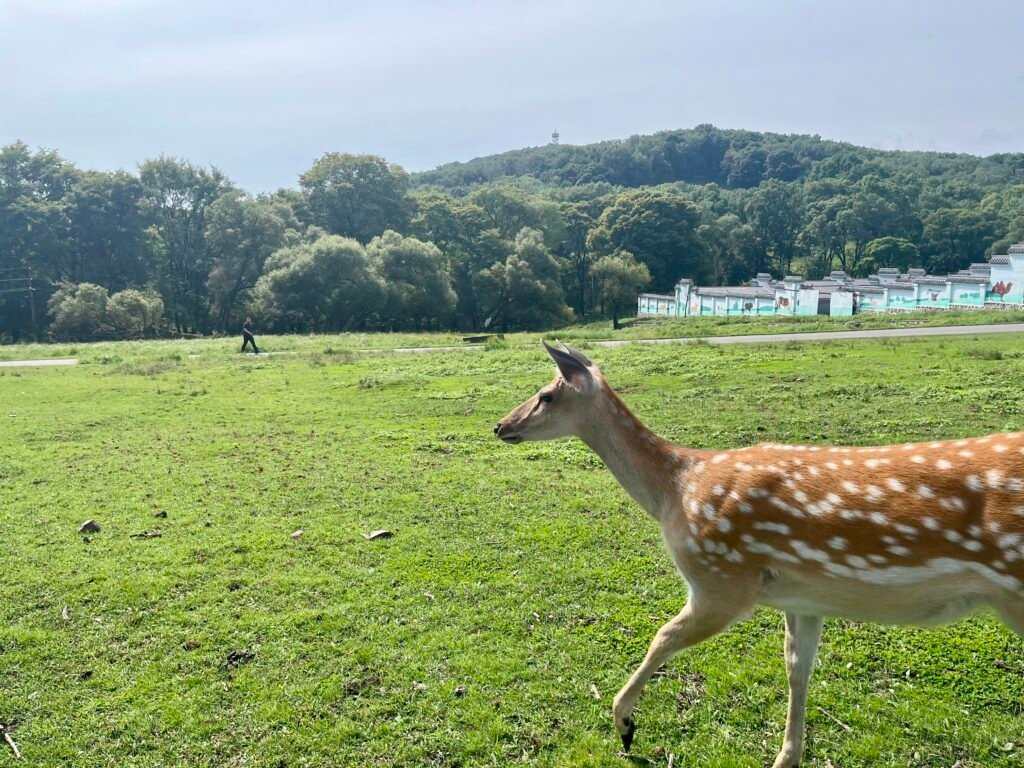
Visitor Experience and Activities
The tourist area has been developed for all four seasons. In spring and summer, nature walks and lakeside recreation are popular activities. The cooler summer climate compared to downtown Harbin makes it a desirable destination for holidays. In autumn, the mountain views and changing foliage attract attention, while in winter the site becomes a major center for ice and snow tourism. The national SSSS-level Pingshan Royal Deer Ski Resort and Ice and Snow Park offer skiing for adults and snow-play areas for children. Combined with Harbin’s internationally renowned ice festival, this makes Pingshan a central hub for winter tourism.
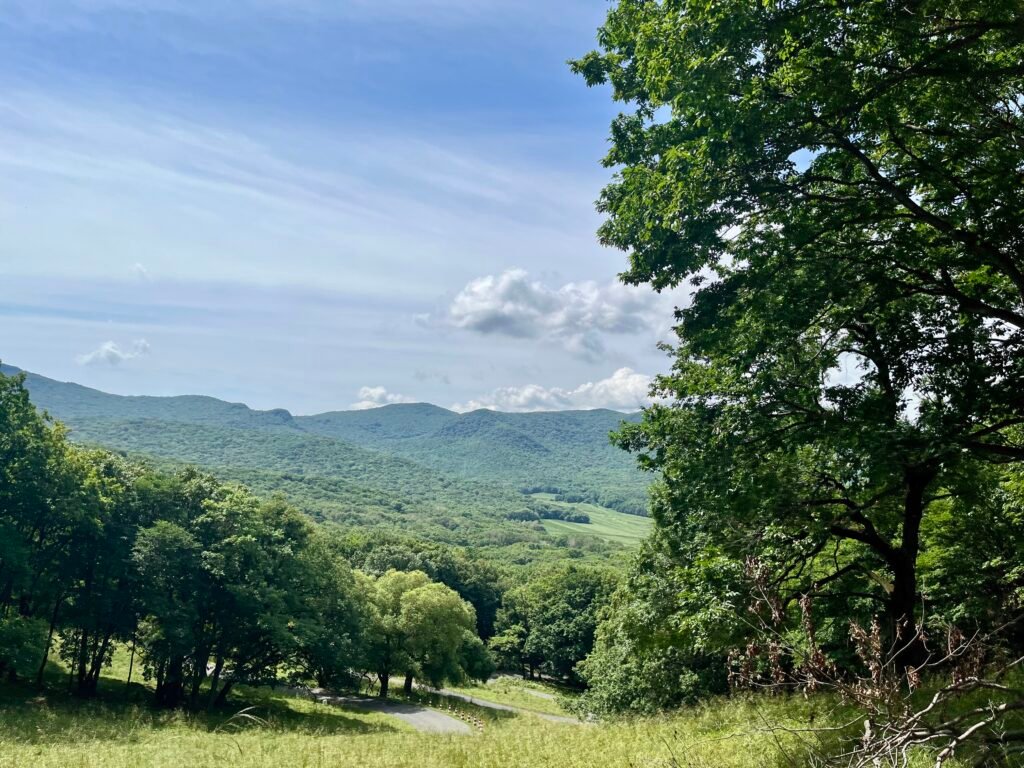
Visitors can explore the area by walking along designated routes or using electric vehicles, which are available for around 20 yuan per person. Walking routes include stops at culturally and naturally significant sites such as Gentleman’s Slope, Lying Dragon Valley, and the Royal Seal Rock.
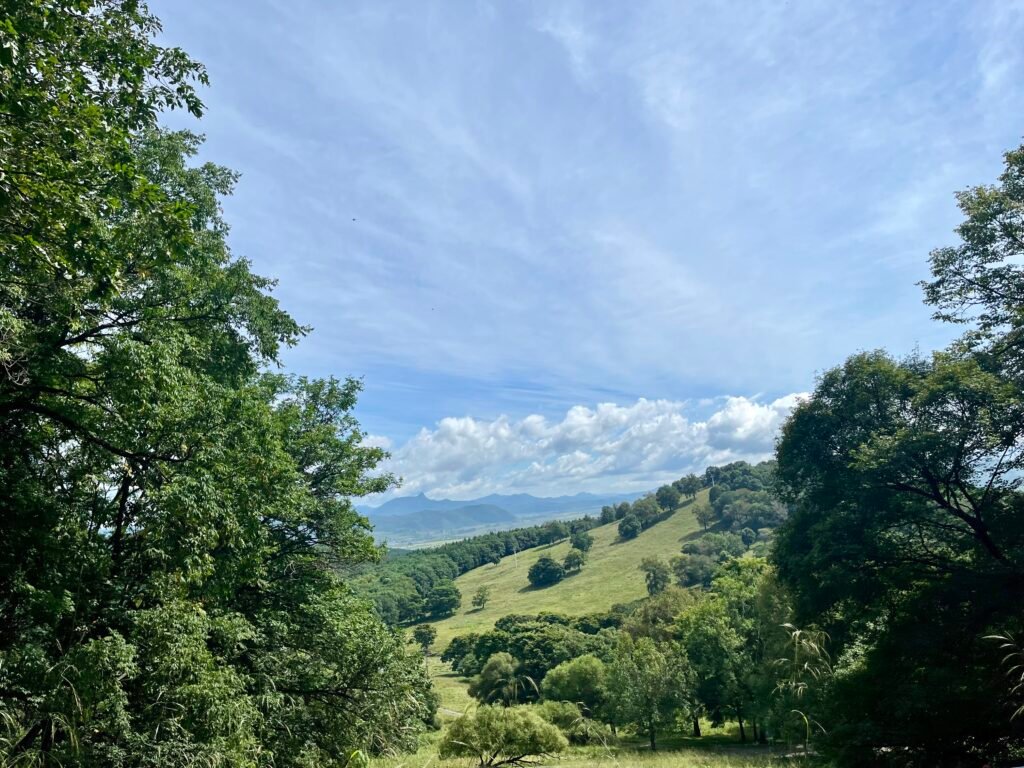
Tourist Infrastructure
The Pingshan Tourist Area is equipped not only for day trips but also for extended stays. Covering nearly 10,000 square meters, the three-star Royal Deer Holiday Hotel and the log-style forest cabins offer accommodation options. These facilities include a multi-function hall, seminar and meeting rooms, as well as cafés, making the area suitable not only for vacations but also for conferences, training programs, health tourism, cultural events, and sports activities.
Conclusion
The Pingshan Royal Deer Farm is one of Harbin’s leading tourist attractions, combining natural beauty with historical significance. Once a hunting ground for emperors of the Jin and Qing dynasties, today it serves as both a site of ecological conservation and a tourism destination, adding cultural and economic value to the region. Visitors can directly interact with deer, explore diverse ecosystems of lakes and forests, and in winter enjoy skiing and snow activities. With its accommodation facilities and multi-purpose venues, the area is designed for a wide range of uses. Thanks to its proximity to Harbin’s urban center, Pingshan stands out as an easily accessible, year-round comprehensive tourist destination.

